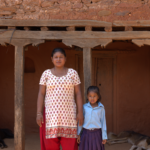
Through a decade of sustained engagement with brick factory laborers, World Education has emerged as a leader in Nepal in combating exploitation in brick factories and has developed a proven, holistic model for expanding economic opportunity for financially insecure communities. The Building Better Futures initiative’s first and second phases built on past interventions that demonstrated substantial impact in reducing vulnerability to exploitative labor. World Education’s multidimensional strategy focused on imparting education, diversifying livelihoods and building the capacities of communities to be resilient in the face of financial shocks and natural disasters.
This publication presents the challenges created by exploitative labor practices in Nepal’s brick factories and World Education’s efforts to develop a successful model for mitigating the adverse impacts through the Building Better Futures initiative under the Naya Bato Naya Paila project. For a description of our approach as well as the outcomes from the first and second phases of the Building Better Futures initiative, read our brief:
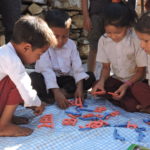
In November 2016, Handicap International and Resource Center for Rehabilitation and Development, with support from World Education Nepal and UNICEF, initiated a pilot screening program to support and inform the Government of Nepal’s efforts to identify, diagnose and treat functional impairments among children early in their development. Through the pilot, World Education seeks to expand efforts to support children with functional limitations or disabilities in meeting Early Grade Learning outcomes and to improve learning outcomes for children with functional limitations by promoting responsive instructional strategies.
The pilot screening surveyed a sample of 2,804 children enrolled in ECD-Grade 3 classes in 40 public schools across Achham, Bajura, Kalikot, and Mugu. Initial findings indicate that 26% of screened children are at risk of limited participation in society because of one or more functional limitations and that 9.4% of screened children have a 99-100% chance of being formally diagnosed with a disability. These results suggest that disability prevalence in Nepal may be higher than suggested by the Government of Nepal’s 2011 Census, which indicated that 1.94% of Nepalis have some form of disability, a statistic that falls below World Health Organization-reported international averages. The overview, linked below, shares strategies, results and recommendations from the pilot, which is one component of a broader Equity in Education program supported by UNICEF.
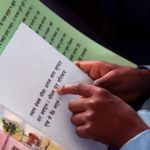
Since 2015, World Education Nepal has partnered with the World Food Programme to improve learning outcomes among Grade 1-Grade 3 students in 1,040 schools in six Far-Western and Mid-Western food insecure districts where the World Food Programme distributes student meals. In early November 2017, World Education Nepal published a final report detailing results from 2017 Early Grade Reading Assessments in Baitadi, Bajhang, Dadeldhura, Dailekh, Darchula and Jajarkot, which generally have poor educational outcomes.
Results from the 2017 Early Grade Reading Assessment indicate that World Education and the World Food Programme’s collaborative effort to improve students’ ability to learn by addressing nutrition while simultaneously improving the quality of instruction has led to impressive results, with a high return on investment: At baseline, only 1% of Grade 3 students could read at grade level; after two years, a majority of students can. For complete results, please access the full 2017 report:
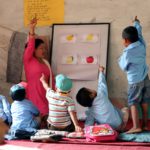
World Education Nepal produced a series of technical briefs to share key strategies, results and lessons learned from various aspects of the Sangai Sikaun, Sangai Badhaun (Learning & Growing Together) project. The first phase of Sangai Sikaun, Sangai Badhaun worked in severely disadvantaged communities with poor educational outcomes from 2012 t0 2016 and aimed to build a holistic education model in Nepal that enables marginalized children to complete a quality education up to Grade 8. In pursuit of this, the project focused on increasing access to and participation in quality Early Childhood Development classes; improving early grade reading and numeracy skills; improving subject teaching and student persistence in Grades 4-8; and, improving parents’ abilities to support their children’s learning.
At project conclusion, activities had improved learning outcomes for 13,000 students enrolled in Early Child Development to Grade 10 classes in 27 community schools, across three Village Development Committees in Banke and Dang districts. Dropout rates fell dramatically and attendance increased. Each technical brief in this series highlights strategies, results and lessons learned from a different area of the Sangai Sikaun, Sangai Badhaun project’s first phase. Collectively, these contributions add to a growing evidence of approaches that should shape policies that will change outcomes for Nepal’s least advantaged children. We look forward to expanding upon the learnings reported on our technical brief series in phase two of the Sangai Sikaun, Sangai Badhaun project.
Sangai Sikaun, Sangai Badhaun (Phase One) Technical Brief Series:
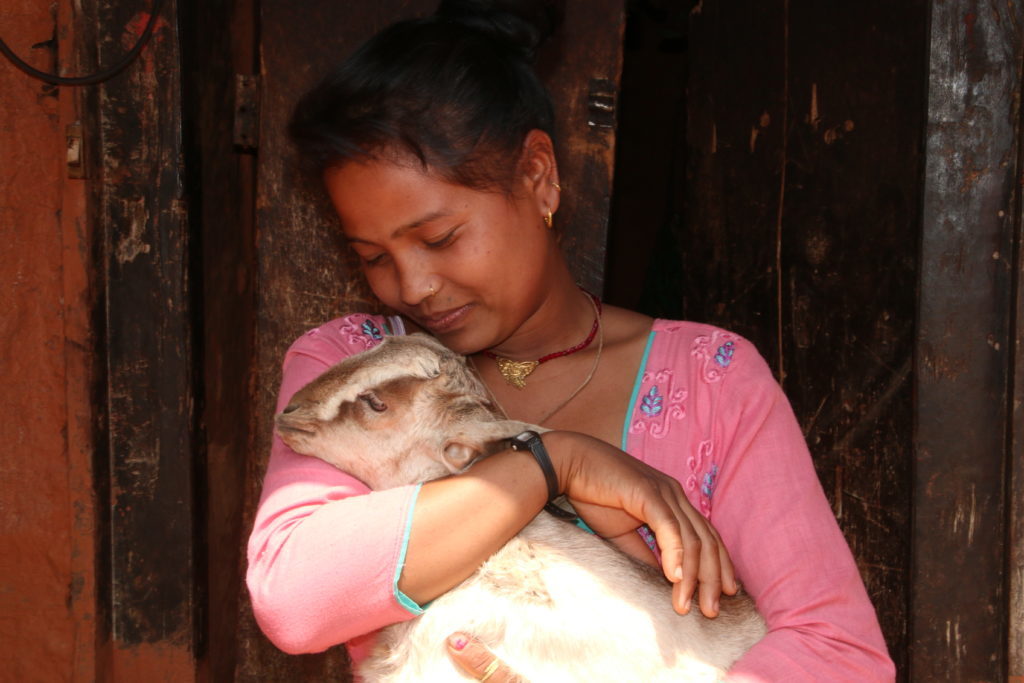
World Education helped Sharadha transition back to school from her job in a brick factory. Now she is in grade seven, and hopes to become a nurse.
Each year, Nepal’s brick factories produce more than 5 million bricks – a number that has ballooned to enable reconstruction projects following the April 2015 earthquake. Increasing numbers of men, women and children find themselves in inescapable indebtedness, borrowing money to make ends meet in the immediate term in exchange for future work.
World Education Nepal’s Building Better Futures Initiative supports brick factory workers to break cycles of exploitative labor and overcome the oppressive conditions of intense manual labor and mistreatment they often experience. Using a holistic approach, World Education Nepal educates brick workers’ children, expands livelihood options and provides financial services to empower families to pursue new options for income generation. The Building Better Futures Initiative holds livelihood trainings and school enrollment so that hundreds of people like Shanti and Sharadha, whose stories you can read in this World Education photo story, are not resigned to a fate of dangerous labor in the brick factories. Join us in celebrating their achievements.
